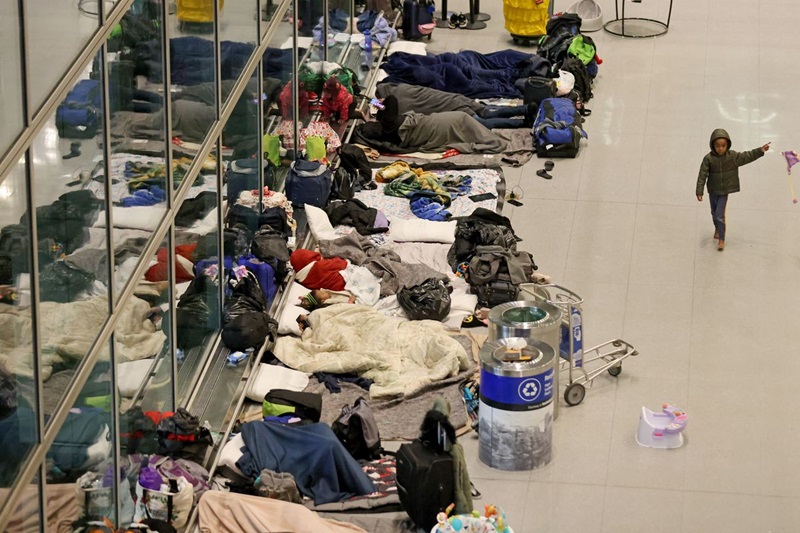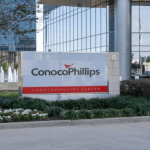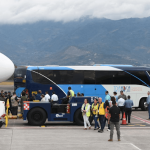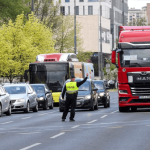
how cities across the us are struggling to cope with the migrant crisis
The US is facing a humanitarian crisis at its southern border, as tens of thousands of migrants from Central America and other regions seek asylum and refuge in the country. Many of them are fleeing violence, poverty, corruption, and climate change in their home countries, hoping for a better life in the US. However, their arrival has overwhelmed the capacity and resources of the federal government and local authorities, who are struggling to cope with the influx of migrants.
The Challenges of Border Cities
The border cities, such as El Paso, Texas, and San Diego, California, are the first to receive and process the migrants, who often arrive in large groups or caravans. These cities have to provide shelter, food, medical care, and legal assistance to the migrants, while also ensuring their safety and security. However, they face several challenges, such as:
The border cities rely on federal funds and grants to cover the costs of hosting the migrants, but these are often delayed or insufficient. The cities also have a shortage of staff and volunteers to handle the surge of migrants, especially during the COVID-19 pandemic, which has affected their health and safety protocols.
The border cities have to coordinate with multiple agencies and organizations, such as the Department of Homeland Security, the Customs and Border Protection, the Immigration and Customs Enforcement, the Department of Health and Human Services, and various non-governmental organizations. However, there is often a lack of clear and consistent communication and information sharing among these entities, leading to confusion and inefficiency.
The border cities have limited space and facilities to accommodate the migrants, who often have to stay in overcrowded and unsanitary conditions. Some of the migrants are housed in tents, hotels, churches, or converted warehouses, while others are released into the streets or transferred to other locations. The lack of adequate infrastructure and facilities also poses health and environmental risks for the migrants and the local communities.
The Responses of Interior Cities
The interior cities, such as Denver, Colorado, and Minneapolis, Minnesota, are the destinations of many migrants, who are either reunited with their relatives or sponsors, or resettled by humanitarian organizations. These cities have to integrate the migrants into their communities, providing them with education, employment, housing, and social services. However, they also face several challenges, such as:
The interior cities often receive the migrants without prior notice or information, making it difficult to prepare and plan for their arrival and needs. The cities also have to deal with the uncertainty and unpredictability of the migrant flows, which depend on various factors, such as the border policies, the weather conditions, and the political situations in the source countries.
The interior cities have to allocate and mobilize their own resources and support to assist the migrants, as they receive little or no federal assistance or guidance. The cities also have to balance the needs and interests of the migrants with those of their existing residents, who may have different views and attitudes towards the migrants.
The interior cities have to foster the integration and inclusion of the migrants into their communities, ensuring their cultural and linguistic diversity, their civic and political participation, and their social and economic well-being. However, they also have to overcome the barriers and challenges of integration and inclusion, such as the language and cultural differences, the discrimination and prejudice, and the isolation and marginalization.







